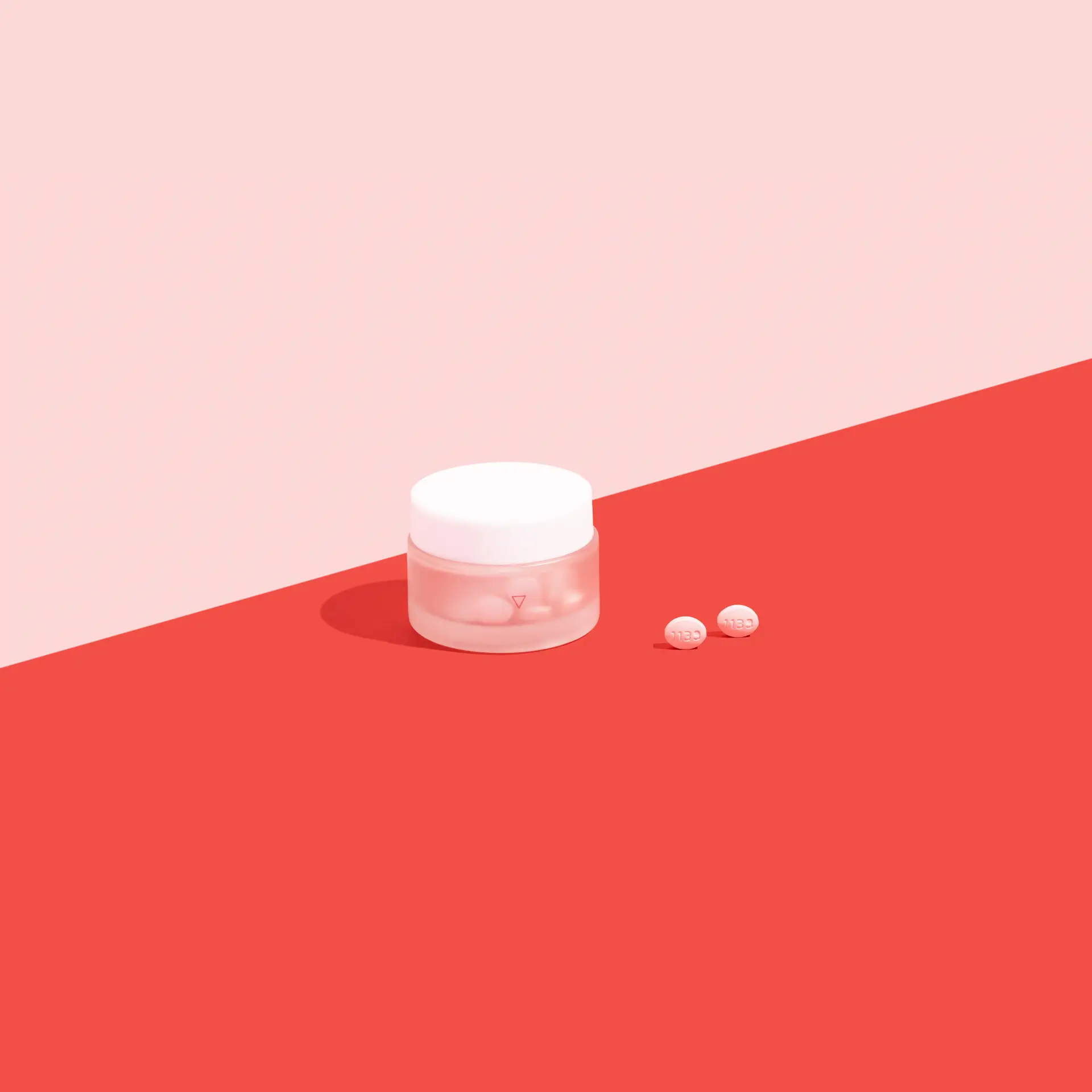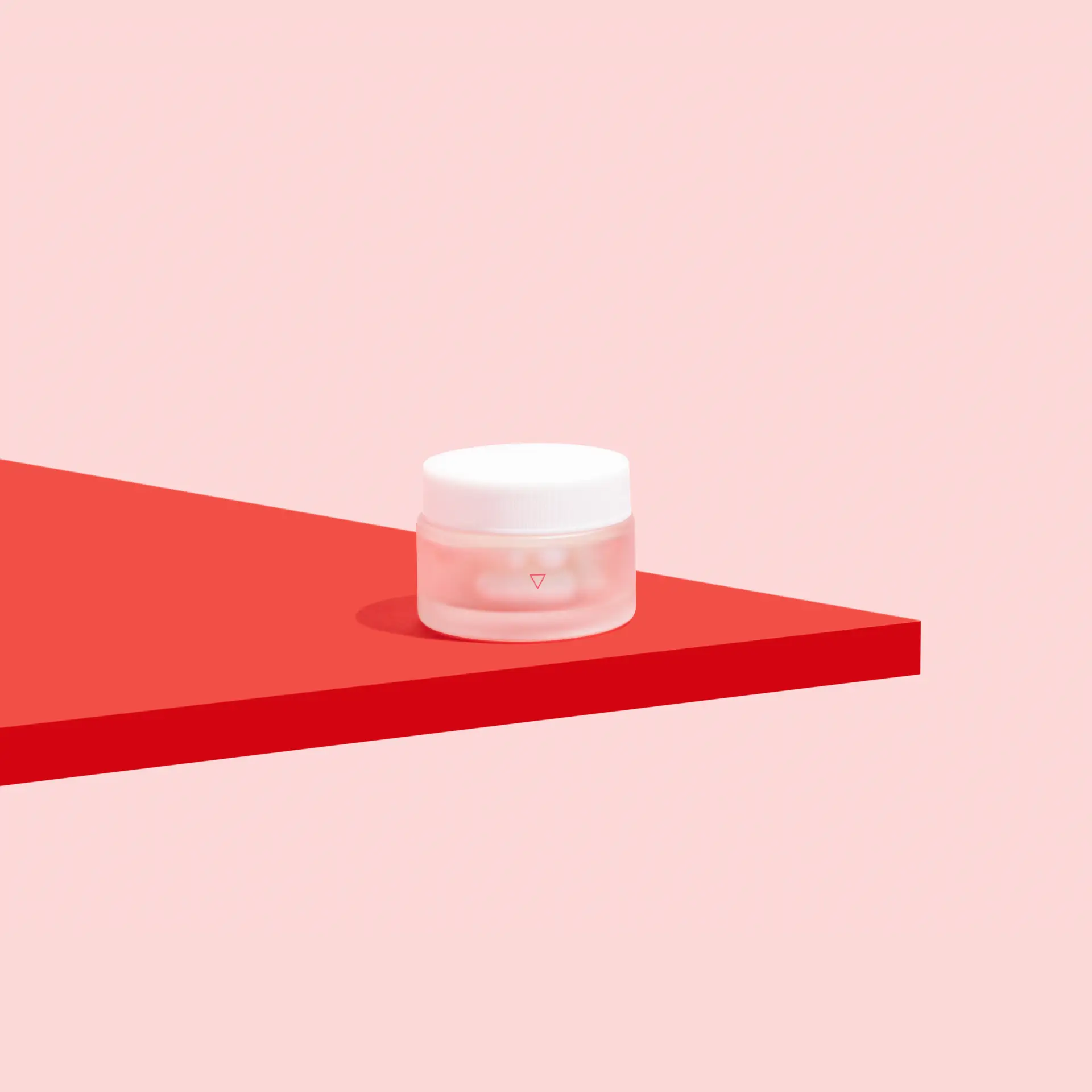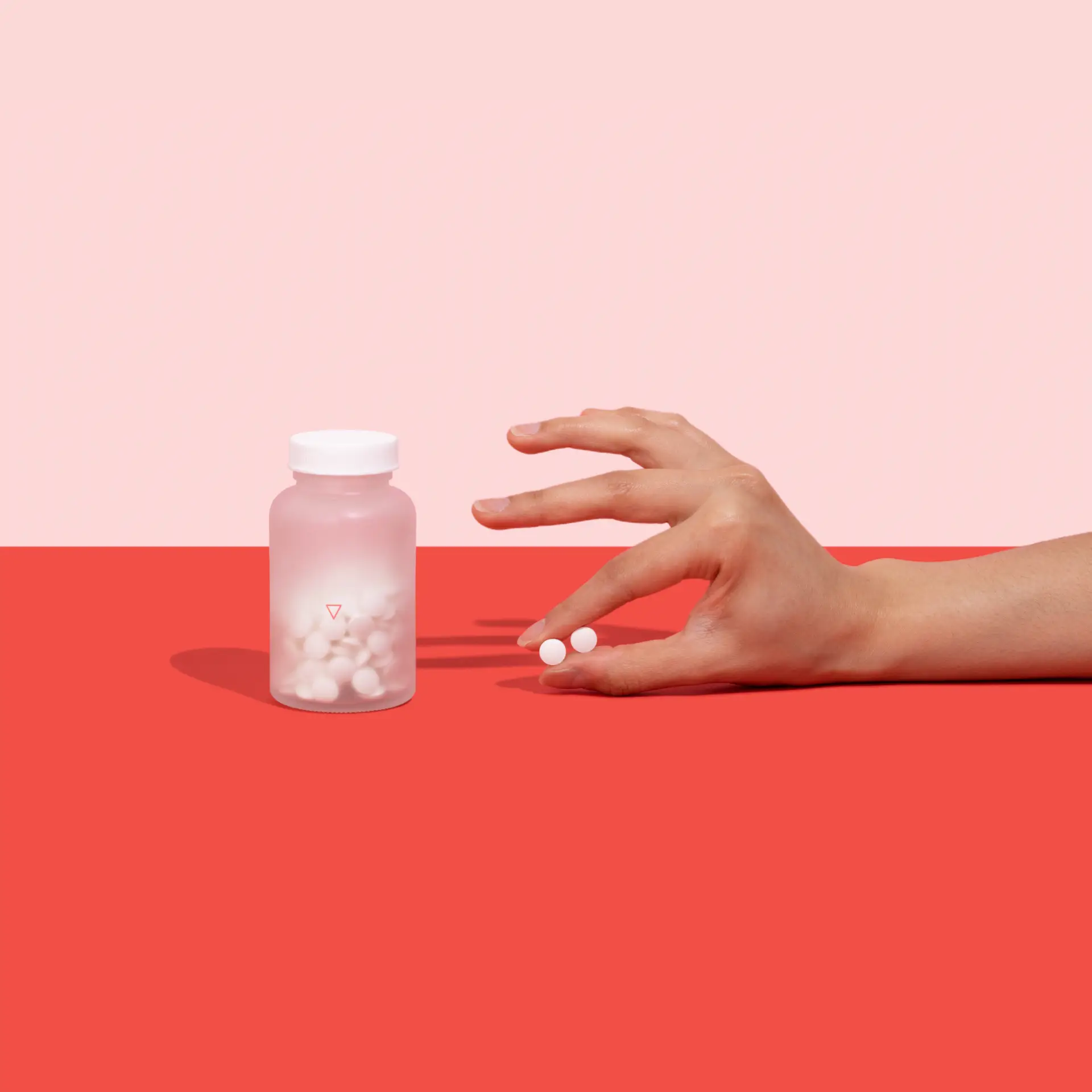How to Get Rid of a Male Yeast Infection Fast
As gross as it might sound, fungus is everywhere around us whether we can see it or not - including on top and inside of our bodies. Common types of fungus can cause infections like athlete's foot or jock itch, which are uncomfortable, inconvenient, and itchy. Another common infection, known as candidiasis, or yeast infection, is another type of fungal infection caused by microscopic yeasts.
Although yeast infections are mostly uncomfortable, they can also become more serious infections if left untreated. More than 3.6 million healthcare visits each year in the United States are the result of yeast infections, causing an estimated 3 billion dollars to be spent on direct medical costs, according to the Centers for Disease Control and Prevention (CDC).
Unfortunately, recent decades have seen some species of fungus become increasingly resistant to antifungal treatment because patients do not complete their recommended course of treatment. This provides the fungus with enough exposure to a medication to allow it to adapt and change to improve its immunity to the antifungal medication but not enough exposure to cure the infection. The last thing you want to hear when you have a yeast infection is that it might take a while to cure it-- everyone wants to know how to get rid of a yeast infection in 24 hours.
What is a yeast infection?
Although yeast infections can occur anywhere on the skin, when most people refer to a yeast infection, they are talking about vaginal yeast infections. Vaginal yeast infections, or vaginal candidiasis, are vaginal infections that can cause discharge, irritation, and intense itching of the tissues at the vaginal opening, including the vagina and vulva. Although vaginal yeast infections are not a sexually transmitted infection, there is an increased risk associated with developing a vaginal infection when an individual first becomes sexually active. Symptoms of a yeast infection may include:
- Irritation and itching in the vulva and vagina
- Redness of swelling of the vulva
- Vaginal rash
- Watery vaginal discharge
- A burning sensation during intercourse or while using the bathroom
- Vaginal pain and soreness
- Thick, white, odorless vaginal discharge that looks like cottage cheese
Sometimes, yeast infections can become more severe and may be complicated to treat. Symptoms of complicated yeast infections include:
- Severe symptoms, such as extensive swelling and redness or itching that leads to cracks, tears, or sores
- Recurrent yeast infections (four or more in a year)
- A different type of fungus causing the yeast infection
- Development of bacterial vaginosis
Pregnant women, women with uncontrolled diabetes, or women with a weakened immune system due to certain medications or medical conditions are at a higher risk of complicated yeast infections. These infections may require treatments that are stronger or must be taken for a longer period of time than more simplistic yeast infections.
What medications are used to treat yeast infections?
Yeast infections may be treated quickly with both over the counter and prescription medications, some of which will work to relieve symptoms in as little as 24 hours. Antifungal creams are available over the counter, while prescription drugs come in the form of both antifungal creams and pills, usually in the form of a suppository but also available as an oral pill.
Over the counter antifungal creams include brand name drugs like Monistat, which is sold under the generic name miconazole nitrate. Over the counter antifungal creams are available in single-day, three-day, and seven-day dosages and are available at any pharmacy. Two creams, butoconazole and terconazole, are available by prescription. Butoconazole is an expensive medication that is available only as a single dose; the convenience and effectiveness of the medication drives its high price. Terconazole is available in three and seven day doses and is a more cost effective option, costing about ten percent of the price of butoconazole, but it will not get rid of your yeast infection in 24 hours.
Special Offer from Hers
Miconazole | Hers
Yeast Infection Treatment
9.5/10 Our Score
"My vagina is on fire" – we've been there too. Miconazole is an over the counter medication that treats those horrendous vaginal yeast infections by controlling the growth of the fungus that causes the infection in the first place. Cute, we know. (Each order contains 1 box with 3 applicators. Starting at $19.00).
Patients who prefer to treat their yeast infection with an oral pill rather than a cream can get a prescription for fluconazole, the generic form of Diflucan, which is a single oral pill that treats yeast infections. Fluconazole typically takes a day or two longer to begin to work than topical creams, but it remains the most popular option for treating yeast infections because it is both less expensive than over the counter antifungal creams as well as extremely effective and less messy.
Another option is also manufactured by Monistat: vaginal suppositories. Most commonly, vaginal suppositories are also sold in five to seven day treatment regimens, and are also OTC options that generally come with antifungal creams as part of the treatment. While the side effects of antifungal creams and suppositories may mimic the redness, swelling, and overall irritation of a yeast infection, this is typically normal; however, as always, if either the yeast infection symptoms or the side effects get worse, consult your gynecologist for medical advice as soon as you can.
| Image | Product | Features | Price |
|---|---|---|---|
| $19.00 | Miconazole | Hers | "My vagina is on fire" – we've been there too. Miconazole is an over the counter medication that treats those horrendous vaginal yeast infections by controlling the growth of the fungus that causes the infection in the first place. Cute, we know. (Each order contains 1 box with 3 applicators.) | Start Treatment Now |
| $15.00 - $65.00  | Yeast Antifungals (Fluconazole) | Wisp | FIRST MONTH FREE Put down the apple cider vinegar and let's deal with that Yeast Infection for real. Get prescription treatments for vaginal yeast infections that actually work. Privately message a doctor for relief with just one pill and skip the waiting room. We can get you meds in two ways: ASAP same-day pick up at your local pharmacy, or free delivery. | Start Treatment Now |
| $9.00 - $30.00  | Boric Acid Suppositories| Wisp | FIRST MONTH FREE OTC defense against chronic vaginal infections | Start Treatment Now |
| $10.00 - $30  | The Best Probiotics For BV | Wisp | FIRST MONTH FREE Restore vaginal balance with wisp's specially-formulated probiotic. This daily super pill supports general immune and vaginal health, especially while taking antibiotics or antifungals for vaginal infections, to help keep you on track. Take daily to help prevent BV, UTIs, and yeast infections. | Start Treatment Now |
Are there any effective home remedies or natural remedies for yeast infections?
People who want to treat vaginal yeast infections at home have several options.
Douching is one of the easiest and most natural remedies to try and combat a yeast infection. Douching involves washing and cleaning out the inside of the vagina. You can pick up douches from the store that are already premixed with liquids meant to help clean out the inside of the vagina.
A little less invasive, apple cider vinegar baths can also prove helpful to combat candidiasis. Add one half cup of apple cider vinegar to a lukewarm bath and soak at least your lower half for about 20 minutes.
One of the most popular is vaginal boric acid capsules; treatment involves inserting one 600 mg capsule of boric acid vaginally once per day for 14 days.
Another option is the application of tea tree oil, an essential oil with antifungal properties. Women who use tea tree oil to treat vaginal yeast infections typically apply diluted tea tree oil to a tampon and insert it into the vagina overnight. However, tea tree oil can be irritating to the skin, so it must be diluted properly and mixed with a carrier oil like coconut oil. Additionally, some people are allergic to tea tree oil, so it is best to test the oil on another location on the body, such as the forearm, prior to inserting it vaginally.
Probiotics offer both a treatment and prevention option for vaginal yeast infections. Probiotics consist of healthy bacteria that contribute positively to women's health both in the vagina and throughout the rest of the body. Probiotics can be inserted vaginally and can help to restore bacteria and yeast balance within the vagina. One 2012 study showed that of women with chronic yeast infections who inserted a probiotic pill into the vagina, 87 percent saw an improvement in their symptoms. When no active infection is occurring, women may use probiotics to prevent yeast infections; when used to prevent yeast infections, probiotics may be inserted vaginally once per week on an ongoing basis. Probiotics may also be obtained by ingesting natural yogurt and fermented foods, especially those containing lactobacillus, one of the most popular probiotics in foods.
Sources:
https://www.cdc.gov/drugresistance/pdf/threats-report/candida-508.pdf
https://www.mayoclinic.org/diseases-conditions/yeast-infection/symptoms-causes/syc-20378999
https://www.everydayhealth.com/yeast-infection/guide/treatments/home-remedies/
https://www.medicalnewstoday.com/articles/317935
https://www.healthline.com/health/womens-health/yeast-infection-home-remedy
https://pubmed.ncbi.nlm.nih.gov/22955364/
Instant Offer from a USA Rx Partner

How to Get Rid of a Male Yeast Infection Fast
Source: https://www.usarx.com/blog/how-to-get-rid-of-a-yeast-infection-in-24-hours